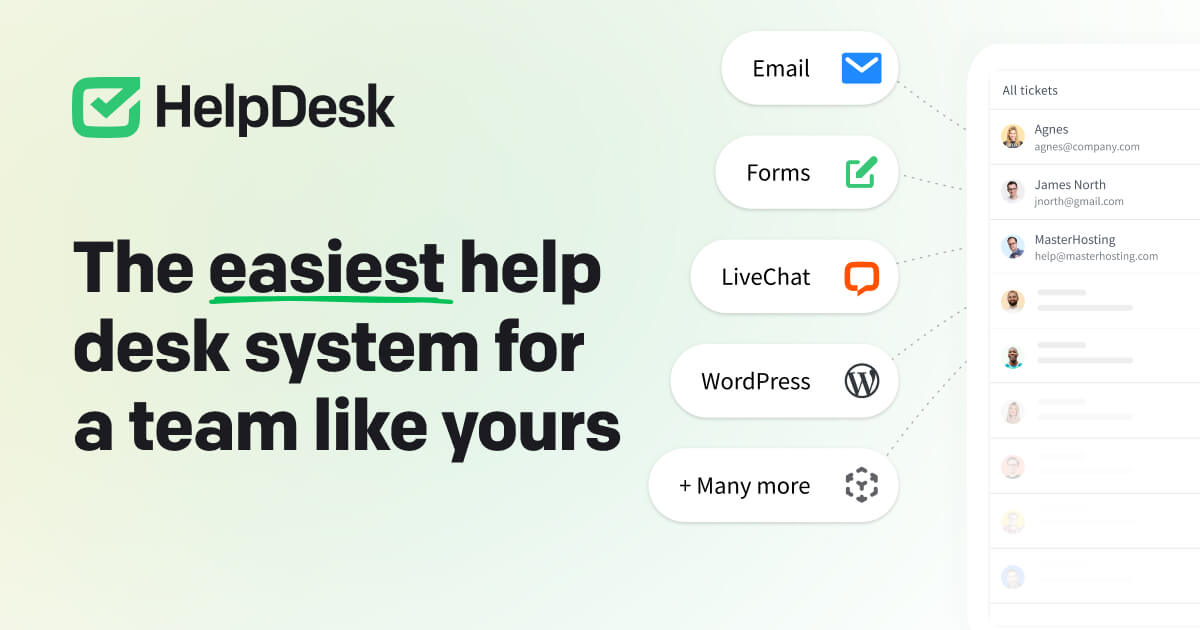Retrieval-Augmented Generation (RAG) has quickly become a cornerstone for building smarter AI systems. By combining the strengths of large language models (LLMs) with external data sources, RAG enables more accurate, context-aware responses.
But while creating a prototype is relatively easy, running RAG in production comes with its own set of challenges: performance bottlenecks, unpredictable queries, and the constant need to balance accuracy, speed, and cost.
In this post, we’ll walk through proven methods to optimize RAG pipelines for real-world use, helping you go from zero to hero in production AI.

Why RAG Optimization Matters
When RAG systems scale up, they often face:
- Growing knowledge bases – expanding corpora demand smarter indexing.
- Latency vs accuracy trade-offs – users expect instant answers without sacrificing quality.
- Knowledge freshness – keeping responses aligned with the latest updates.
- Scalability and cost – optimizing LLM calls to avoid ballooning expenses.
If these issues aren’t addressed early, your AI app risks becoming slow, inaccurate, or too expensive to maintain.
The Core RAG Workflow
Every RAG pipeline has three essential stages:
- Indexing – breaking down and organizing data into searchable chunks.
- Retrieval – fetching the most relevant pieces of information based on the user’s query.
- Generation – combining retrieved data with LLM reasoning to produce a final answer.
Optimizing each stage is key to delivering fast, accurate, and reliable responses.
Proven Methods to Optimize RAG for Production
Here are some of the most effective techniques you can apply to boost performance and reliability:
1. Smarter Document Ingestion
Handle not just plain text but also structured content like tables, figures, and hierarchical layouts. Preserving context during indexing makes retrieval far more accurate.
2. Multi-Query Generation
Instead of relying on a single query, generate multiple variations of the user’s request. This increases coverage and ensures that relevant results aren’t missed.
3. Multi-Representation Indexing
Create different vector representations for the same document—summaries, full chunks, and metadata. This flexibility allows for more precise retrieval.
4. RAPTOR Summarization
Use hierarchical summarization (RAPTOR) to build layered representations of data. This allows your system to handle both detailed lookups and high-level conceptual queries.
5. Graph RAG
Turn your knowledge base into a graph of relationships between concepts and entities. This improves reasoning, explainability, and accuracy when dealing with complex queries.
6. Agentic RAG
Take it one step further with an intelligent agent that dynamically decides retrieval strategies, manages multi-step reasoning, and adapts to query complexity in real time.
Benefits of These Techniques
| Optimization Method | Main Advantage |
|---|---|
| Multi-Query Generation | Better coverage of ambiguous queries |
| Multi-Representation Indexing | Flexible, precise retrieval |
| RAPTOR Summarization | Scalable for both detailed and abstract queries |
| Graph RAG | Richer context and explainability |
| Agentic RAG | Adaptive, dynamic decision-making |
Getting Started
If you’re new to optimizing RAG for production, here’s a roadmap:
- Start simple – begin with a standard retrieval pipeline.
- Measure performance – track latency, accuracy, and cost.
- Iterate – introduce multi-query or multi-rep indexing as your data grows.
- Scale smartly – adopt RAPTOR, Graph RAG, or Agentic RAG for advanced use cases.
By layering these techniques, you can build resilient, scalable, and cost-effective RAG systems that are ready for enterprise deployment.
Final Thoughts
RAG isn’t just about plugging data into an LLM—it’s about designing a pipeline that can scale. With the right strategies—multi-query generation, advanced indexing, hierarchical summarization, graph-based retrieval, and agentic reasoning—you can transform your AI system from a fragile prototype into a production-ready powerhouse.



